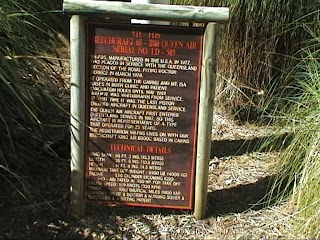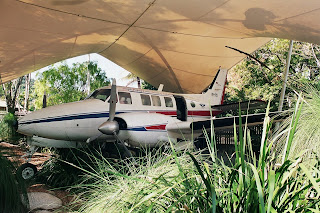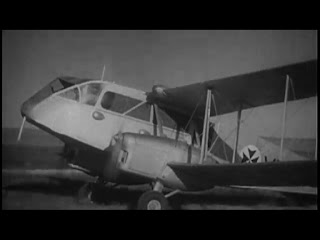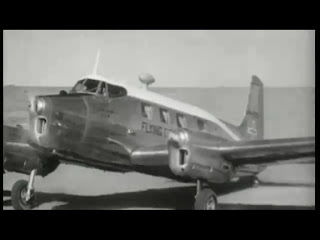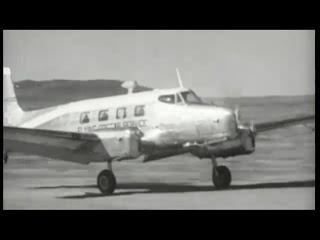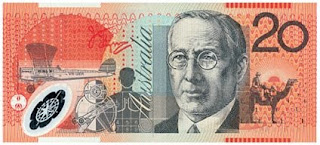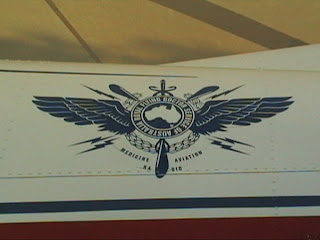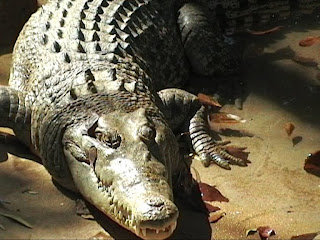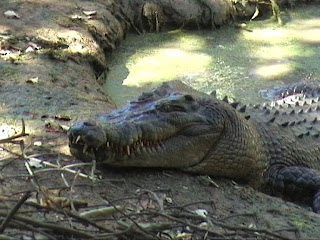[Video] a wild cockatoo, Airlie Beach, Queensland, Australia/ un cacatoès en liberté :
A very cute sulphur-crested Cockatoo (a cacatua galerita, a white parrot) in the wild in a tree at Airlie Beach
Airlie Beach is located 20 km from the Bruce Highway at Proserpine, on the North-East Queensland coast, Australia, between Mackay and Townsville. Airlie Beach is situated just 350 kilometres from the Tropic of Capricorn, 1135km north of Brisbane and 650km south of Cairns. Airlie Beach is the gateway to the Whitsundays, the Whitsunday islands.
Airlie Beach is one of many departure points for the Great Barrier Reef.
The Sulphur-crested Cockatoo, Cacatua galerita, is a relatively large white cockatoo found in wooded habitats in Australia and New Guinea. They can be locally very numerous, leading to them sometimes being considered pests. They are well known in aviculture, although they can be demanding pets. These birds are very long-lived, and can live upwards of 70 years in captivity, although they only live to about 20–40 years in the wild. [wikipédia ]
Un cacatoès à huppe jaune (une espèce de perroquet blanc) très mignon à l'état sauvage à Airlie Beach.
Airlie Beach est une localité située à 25 km au nord-ouest de Proserpine, dans la région de Whitsunday au Queensland, en Australie. Elle se trouve près du centre de la Grande barrière de corail. Airlie Beach est surtout connue, avec Shute Harbour, comme point de départ des croisières vers les îles Whitsunday et la Grande Barrière de Corail.
Le cacatoès à huppe jaune (Cacatua galerita) est un oiseau de l'ordre des psittaciformes et de la famille des psittacidés. C'est l'un des plus grands et des plus répandus cacatoès australiens. Il est fréquemment recherché comme animal de compagnie en et hors d'Australie. Mais, en liberté, il est souvent abattu et empoisonné car considéré comme nuisible. En effet, en bandes ou solitaires, il peut s'attaquer aux récoltes de céréales et de fruits, aussi bien qu'à du bois comme les arbres, les abris de jardins et les maisons en bois. Mais il faut pour les détruire une autorisation du gouvernement australien car ce sont des animaux protégés [wikipédia ] La longévité d'un cacatoès à huppe jaune pourrait être de 80 ans.
Map / situation Airlie Beach in Australia :
Agrandir le plan
A tribute to Nelson Mandela: SABC TV live coverage
Il y a 12 ans




